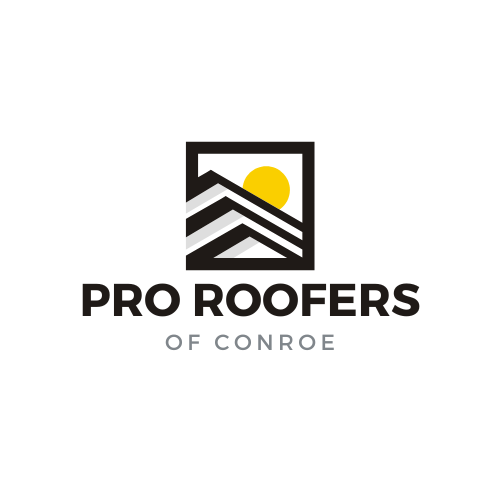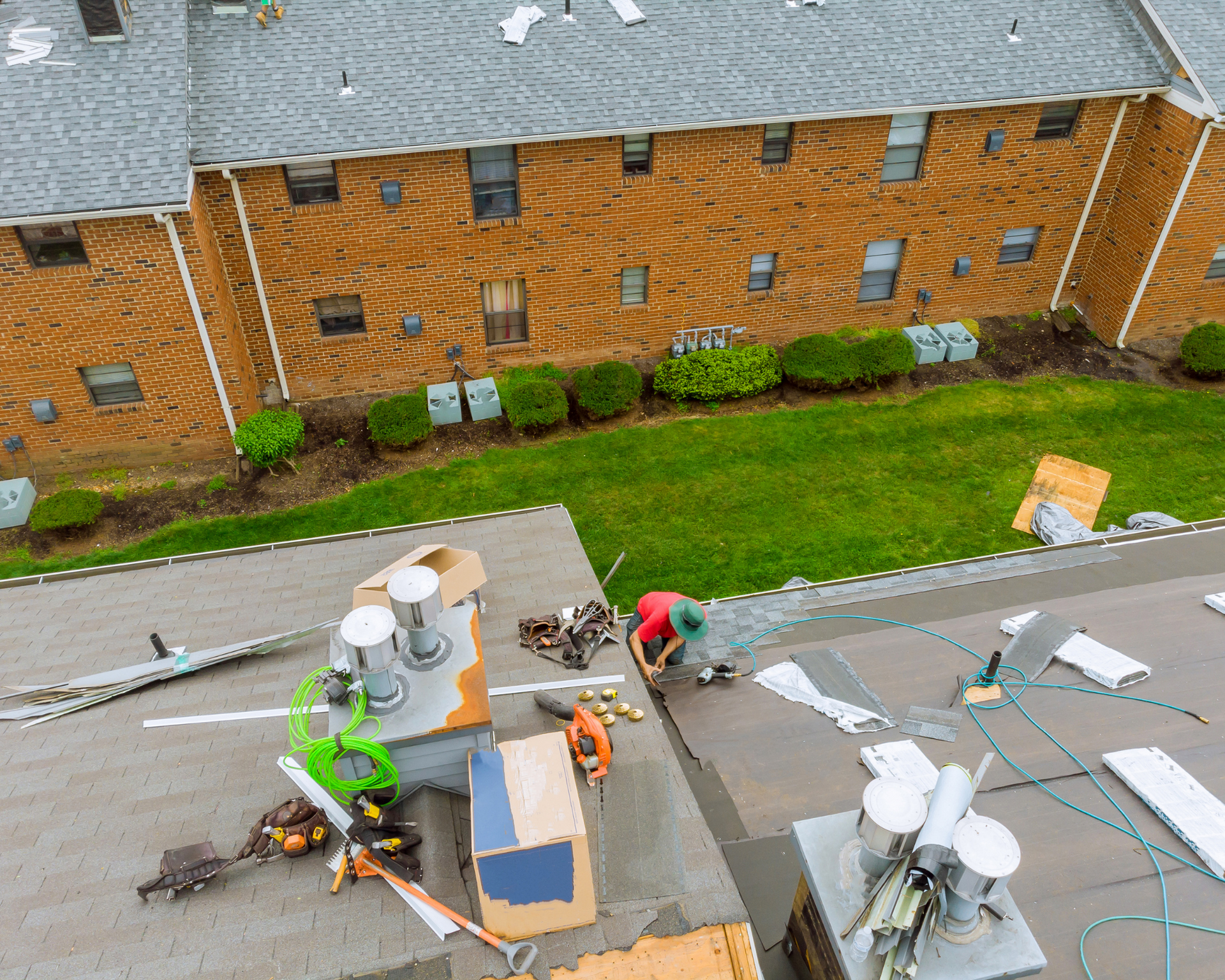Roof Pro Blog
Residential Roofing Types
There are several types of roofing materials available, each with its own set of advantages and disadvantages. Here's a list of common roofing materials:
Asphalt Shingles: Asphalt shingles are the most popular roofing material in North America. They are affordable, easy to install, and come in various styles and colors.
Metal Roofing: Metal roofing includes materials like steel, aluminum, and copper. Metal roofs are durable, lightweight, and can last for many years. They come in different styles, including standing seam, corrugated, and metal shingles.
Wood Shingles and Shakes: Wood shingles and shakes are made from cedar, redwood, or other types of wood. They provide a natural and rustic appearance but require regular maintenance to prevent rot and insect infestations.
Clay or Concrete Tiles: Clay and concrete tiles are common in Mediterranean and Spanish-style architecture. They are durable and have a distinctive, attractive appearance.
Slate Roofing: Slate is a natural stone material that offers a long lifespan and a unique, elegant appearance. However, it is relatively expensive and heavy.
Synthetic Roofing Materials: Some synthetic materials mimic the look of traditional roofing materials like wood or slate while offering added durability and lower maintenance requirements.
Rubber Roofing (EPDM): Ethylene Propylene Diene Monomer (EPDM) is a rubber roofing material commonly used for flat or low-slope roofs. It is durable, waterproof, and resistant to UV radiation.
Built-Up Roofing (BUR): Built-up roofing consists of layers of asphalt and reinforcing materials like fiberglass or felt. It is commonly used on flat or low-slope roofs and provides good protection against water.
TPO (Thermoplastic Olefin) Roofing: TPO roofing is a single-ply roofing membrane made of synthetic materials. It is energy-efficient, lightweight, and has good resistance to UV rays.
Green Roofing: Green roofing involves growing plants on the roof's surface, providing insulation and environmental benefits.
Solar Roofing: Solar roofing integrates solar panels into the roofing material, allowing for energy generation and a more eco-friendly option.
Metal Roofing with PV (Photovoltaic) Solar Panels: This involves installing solar panels on top of a metal roof, combining the durability of metal roofing with solar energy production.
Fiber Cement Roofing: Fiber cement roofing offers a durable and fire-resistant option that resembles wood or slate.
The choice of roofing material depends on various factors, including climate, budget, architectural style, and personal preferences. It's important to consult with a roofing professional to determine the best material for your specific needs.
Activate to view larger image,


